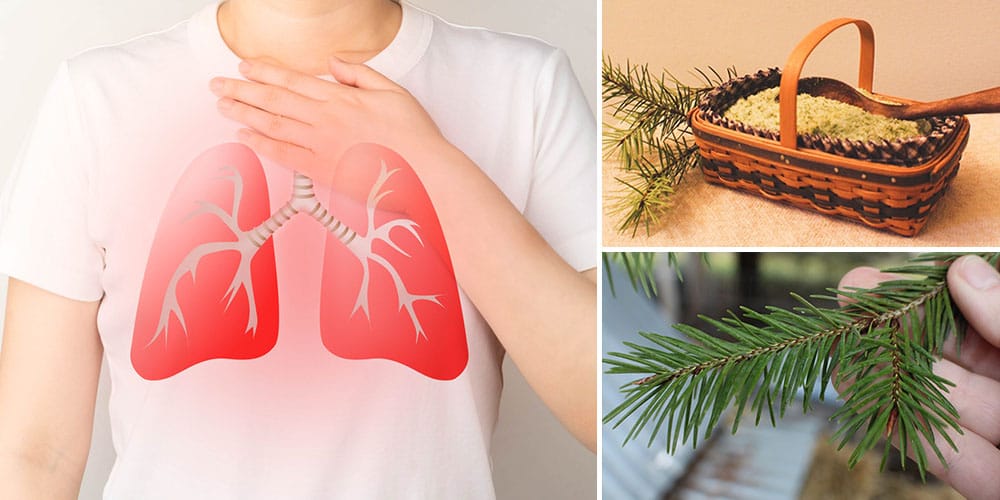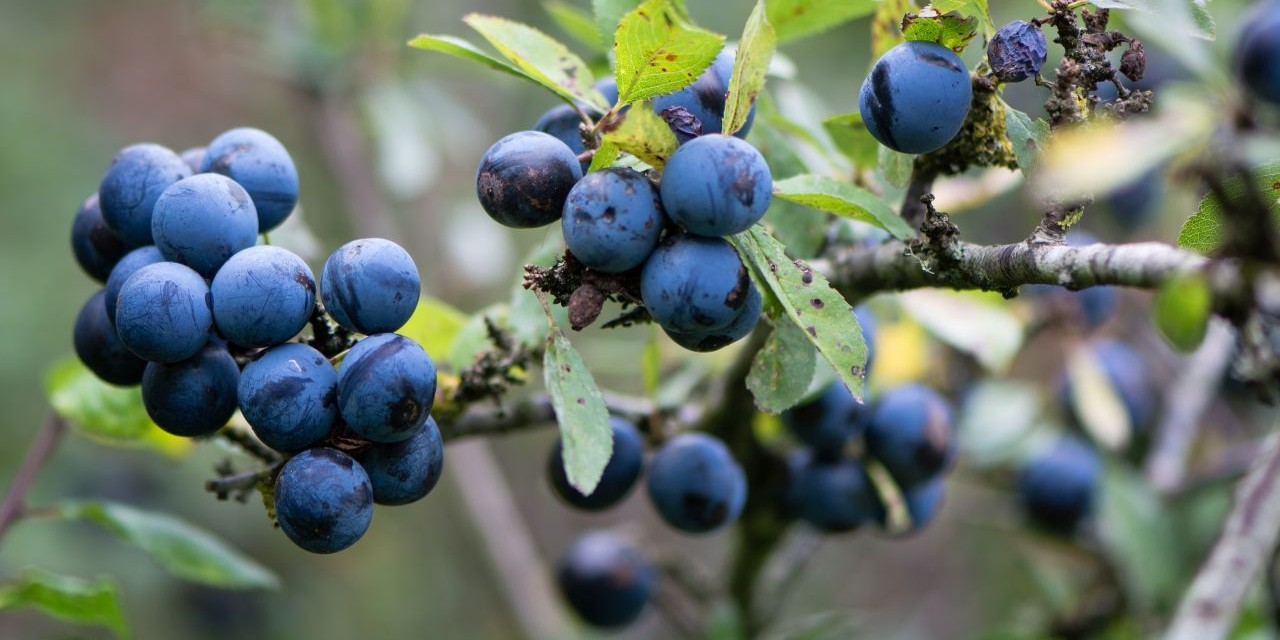
Blackthorn
Blackthorn, also known as sloe, is a hardy, thorny shrub native to Europe and Western Asia, though it has adapted well to parts of North America. It produces delicate white blossoms in early spring, often before its leaves appear, followed by deep purple-blue fruits called sloes that ripen in late autumn. The shrub’s dense, spiny branches make it a natural choice for hedges and protective boundaries, and its resilience allows it to thrive in less-than-ideal soils.
Blackthorn is a plant of contrast—its thorns are sharp and unwelcoming, yet its blossoms signal renewal after winter’s chill. It grows slowly, but once established, it is enduring and reliable. Farmers and villagers have long planted it as a living fence, while herbalists and foragers continue to seek it for its many medicinal and culinary gifts.
 Traditional & Cultural Uses
Traditional & Cultural Uses
- In Celtic folklore, blackthorn symbolizes resilience and protection, often linked to the transition from winter’s darkness into spring’s promise of renewal.
- Historically, it was valued both in medicine and in ritual—branches were used in hedges for protection, and sloes featured in traditional drinks and communal gatherings.
- Blackthorn has long been associated with transformation, strength, and survival, with its spring flowers representing new beginnings.
In European tradition, the blackthorn hedge was not only physical protection but spiritual as well, believed to ward off evil spirits and misfortune. Its wood was used to craft walking sticks, most famously the Irish shillelagh, thought to carry both strength and protective energy. The plant’s presence in hedgerows across the countryside made it a constant companion to rural life, shaping both landscape and lore.
Its tart berries became part of local celebrations, especially after frost softened their flavor. Infused in spirits, made into preserves, or shared as warming drinks in cold months, the fruit carried a sense of community. Over time, the shrub’s reputation as both a boundary and a bearer of gifts solidified its role in folklore and daily living.
Medicinal & Herbal Benefits
Blackthorn offers soothing and astringent qualities, particularly supportive of the digestive and urinary systems:
- Astringent & digestive support: Helps balance digestion, ease diarrhea, and relieve minor cramps.
- Anti-inflammatory & antiseptic: Tannins and flavonoids in its flowers and berries soothe mouth and throat inflammation, and support respiratory ease.
- Diuretic & laxative action: Promotes gentle detox through urination and bowel movement.
- Antioxidant richness: Full of phenolic acids, flavonoids, and vitamins that combat oxidative stress and support immunity.
- Febrifuge & depurative uses: Traditionally used for mild fever relief and cleansing tonics.
The berries, though too astringent to eat fresh, yield powerful health benefits when prepared properly. Their antioxidants make them a natural ally in strengthening the body against stress and seasonal illness. Flowers, with their gentler properties, have long been steeped into teas to ease coughs and promote relaxation.
Blackthorn also carries value in convalescence. Old herbal traditions recommended flower tea for those recovering from winter illness, noting its mild but steady strengthening effect. By gently supporting digestion and purification, it helps the body restore balance after times of strain.
 Edible & Practical Uses
Edible & Practical Uses
- Sloes: Tart and astringent raw, but after frost (or freezing) they soften and can be used in jellies, syrups, and traditional drinks such as sloe gin or liqueurs.
- Flowers & leaves: Flowers can be crystallized or infused as a gentle tea; young leaves were sometimes used as a mild tea substitute.
- Bark & wood: The bark, rich in tannins, can be used as a natural dye or ink. The dense, hard wood is valued for walking sticks and tools, and burns as a clean, slow firewood.
For the self-sufficient homesteader, blackthorn offers a surprising variety of uses. Its fruits, though unpalatable raw, transform into rich flavors when cooked or steeped, becoming a staple for preserves and warming beverages. The flowers, harvested carefully, add a delicate sweetness to teas or confections.
The bark and wood, though often overlooked, serve as quiet survival assets. The bark’s dyeing properties make it useful for textiles or inks in resourceful hands, while its tough wood becomes a dependable material for walking aids, tools, or firewood. In times when nothing is wasted, blackthorn proves itself versatile from blossom to root.
Energetic & Folkloric Qualities
- In flower essence and energetic herbalism, blackthorn represents protection, resilience, and inner transformation, helping one release old fears and open to renewal.
- Branches and blooms have historically been used in rituals for warding off negative influences and for marking new beginnings.
Energetically, blackthorn embodies endurance through hardship. Its thorns caution against carelessness, while its blossoms remind us of hope emerging from difficulty. Many traditional healers looked to blackthorn not just as medicine for the body but also as a plant that encourages strength of spirit.
As a hedge plant, blackthorn carried both physical and symbolic weight. It was planted around villages not only to shield livestock and fields but also to create a living barrier of safety. In spiritual traditions, carrying blackthorn wood or using its flowers in charms was believed to guard against misfortune and to inspire resilience when facing trials.
Safety & Cautions
- Blackthorn contains cyanogenic glycosides, especially in seeds, bark, and unripe parts, which can release toxins if consumed in large amounts. Always use with care.
- Avoid during pregnancy or breastfeeding due to potential risks.
- The plant’s sharp thorns can cause deep wounds—handle with gloves and caution during harvest.
While blackthorn offers much, it must be approached with respect. Seeds should never be crushed or consumed, and the unripe fruit is far too harsh for safe use. For herbal preparations, the flowers and fully ripened fruits are the safest choices.
Foraging blackthorn requires awareness. Its thorns can pierce deeply, and such injuries were once called “blackthorn wounds,” known for becoming inflamed or infected. A careful hand, proper tools, and protective gloves are essential when gathering from this plant.
 How to Use Blackthorn
How to Use Blackthorn
Flower Infusion
Steep fresh or dried flowers in hot water for 5–10 minutes. Sip slowly to soothe the throat, ease digestion, or provide gentle relaxation.
Berry Tonic or Syrup
Simmer sloes with honey and water, or infuse in alcohol to create a tonic or warming drink. These preparations have long been used for winter nourishment.
Tonic & Dye Decoction
Boil bark to extract its tannins, producing a natural yellow-brown dye suitable for fabric, crafts, or ink.
Blackthorn preparations work best when kept simple. Traditional households often relied on syrups or liqueurs as both remedy and treat, using honey to balance the sharpness of the fruit. Teas from the blossoms were reserved for lighter ailments, such as coughs or digestive upset, ensuring the plant’s benefits could be enjoyed safely.
In survival or homestead contexts, the ability to produce not just food but medicine and practical materials from one plant makes blackthorn invaluable. Its range of uses turns it into a year-round ally rather than a seasonal curiosity.
Growing & Harvesting Tips
- Blackthorn grows well in hedgerows, field edges, and borders, adapting to most soils. It thrives in full sun but tolerates light shade.
- Prune after flowering in spring to encourage healthy growth and to maintain a dense hedge.
- Harvest sloes after the first frost to soften their tartness, or mimic the process by freezing them before use.
Blackthorn is hardy and resilient, making it an ideal addition for natural fencing or wildlife habitats. Birds favor its dense cover, and its blossoms attract pollinators, enriching the entire environment.
When harvesting, patience is essential. The berries should be left until late autumn, when frost naturally transforms their harsh astringency into a more manageable flavor. Harvesting flowers requires a gentler hand, ensuring that enough blooms remain for pollinators and fruit set.
 How to Identify Blackthorn in the Wild
How to Identify Blackthorn in the Wild
Identifying blackthorn is important, as it shares similarities with other hedgerow plants. Key traits help distinguish it:
- Thorns: Blackthorn has long, sharp, and stiff thorns that grow along its dense branches. These thorns are a defining feature and can cause deep wounds if not handled carefully.
- Flowers: One of the earliest bloomers in spring, blackthorn produces small, five-petaled white flowers before its leaves appear. This is a key difference from hawthorn, which flowers later and alongside its leaves.
- Leaves: Oval, small (2–4 cm), with finely serrated edges. The leaves are a dull green and emerge after the flowers have already opened.
- Fruit (Sloes): Round, deep purple-blue berries about the size of a large pea. They have a distinct powdery bloom on their skin and cling tightly to the branches until late autumn or winter.
- Bark & Wood: The bark is dark, almost black, with a rough texture, giving the shrub its name. The wood beneath is dense and tough.
In the wild, blackthorn often forms dense thickets or hedgerows, making it hard to pass through. In early spring, its mass of white flowers can be seen from a distance, creating a striking contrast against leafless woods and hedges. By autumn, the hedges turn heavy with sloes, signaling the season for harvesting and preserving.
Similar Plants Comparison
| Plant | Key Features | Medicinal Uses | Differences from Blackthorn |
| Hawthorn (Crataegus spp.) | Thorny shrub/tree with red berries | Heart health, circulation, calming | Softer berries, more associated with the heart than digestion |
| Elderberry (Sambucus nigra) | Shrub with black-purple berries and umbels of white flowers | Immune support, antiviral, cold/flu remedy | Berries sweeter when cooked, flowers widely used for syrup |
| Cherry Plum (Prunus cerasifera) | Early-flowering tree with red or yellow fruits | Mildly laxative, gentle tonic | Fruit less astringent, more palatable fresh, blooms earlier in spring |
| Wild Plum (Prunus americana) | Small tree with red to yellow plums | Nutritive, mild digestive aid | Fruits larger and sweeter than sloes, thorns less formidable |
Summary Table
| Aspect | Description |
| Type | Hardy thorny shrub with edible fruits, flowers, and strong wood |
| Medicinal | Astringent, digestive support, anti-inflammatory, diuretic, antioxidant |
| Culinary | Jellies, syrups, sloe gin, infused teas, dyes, and firewood |
| Energetic Use | Protection, resilience, transformation, renewal |
| Safety Notes | Contains cyanogenic compounds; avoid unripe seeds; not for pregnancy; sharp thorns |
Final Thoughts
Blackthorn is not a plant that offers itself easily. Its thorns discourage casual handling, and its raw fruit is unyielding to those who rush it. Yet to those with patience and respect, it provides medicine, nourishment, craft materials, and protection.
For centuries, it has stood as a symbol of survival and resilience. Its blossoms remind us of hope when times are hard, and its fruit becomes a treasure when the cold sets in. For the modern herbalist or self-sufficient homesteader, blackthorn offers more than just practical uses—it offers lessons in endurance, timing, and the rewards of working with nature’s rhythm.
In a world where many seek quick fixes, blackthorn teaches that true value comes to those willing to wait. Whether as a hedge guarding your land, a berry enriching your winter stores, or a flower soothing your ailments, blackthorn remains a steadfast ally for those who live in harmony with the seasons.
You may also like:
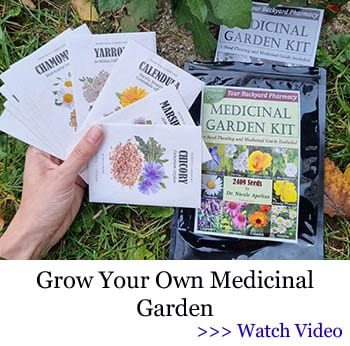 I Got Rid of Acid Reflux Using This
I Got Rid of Acid Reflux Using This
How to Perform a Complete Breast Exam at Home (Video)
Drop THIS in Your Morning Coffee to Fight Inflammation
Cowboy Cough Syrup with Whiskey
The Beginner’s Guide To Growing Your Own Medicinal Herb Garden

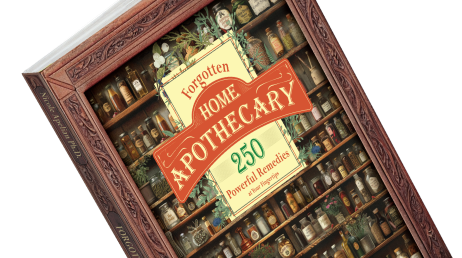






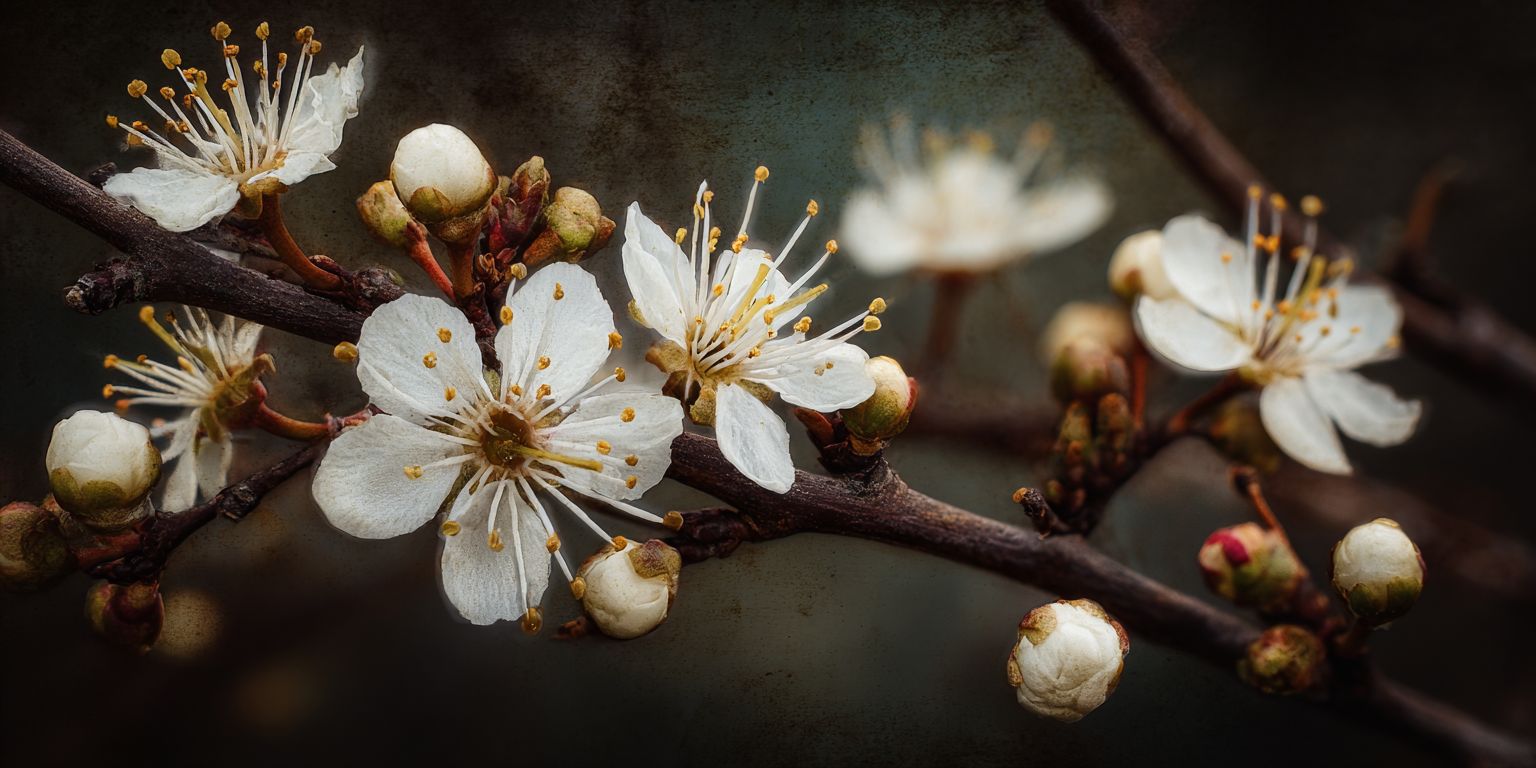 Traditional & Cultural Uses
Traditional & Cultural Uses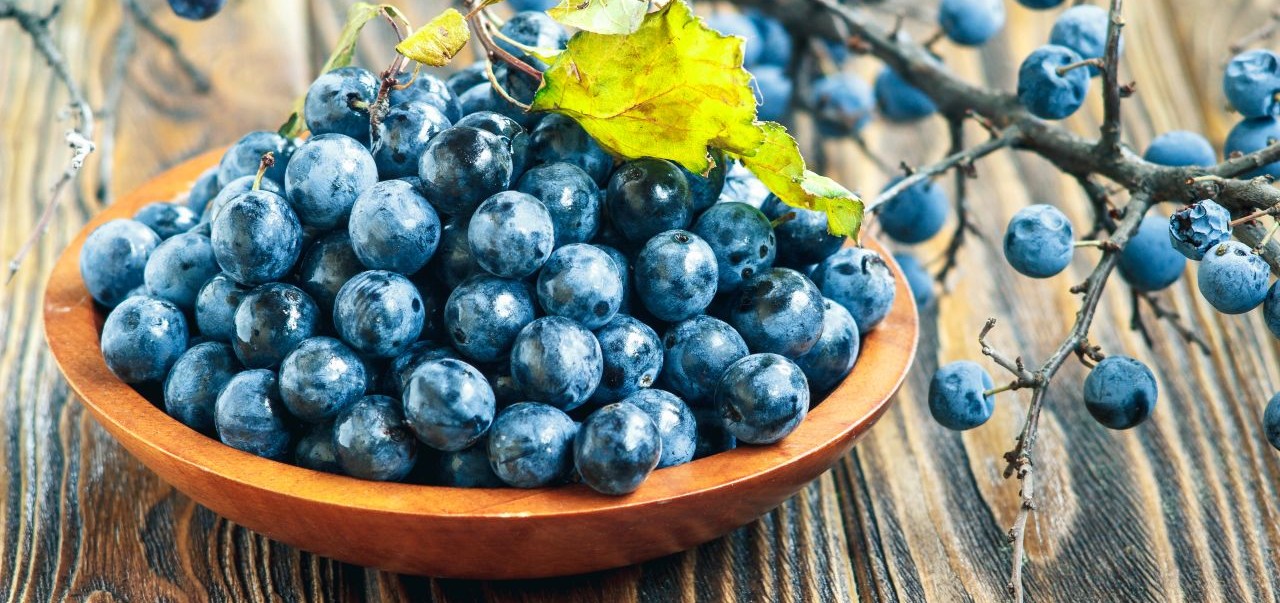 Edible & Practical Uses
Edible & Practical Uses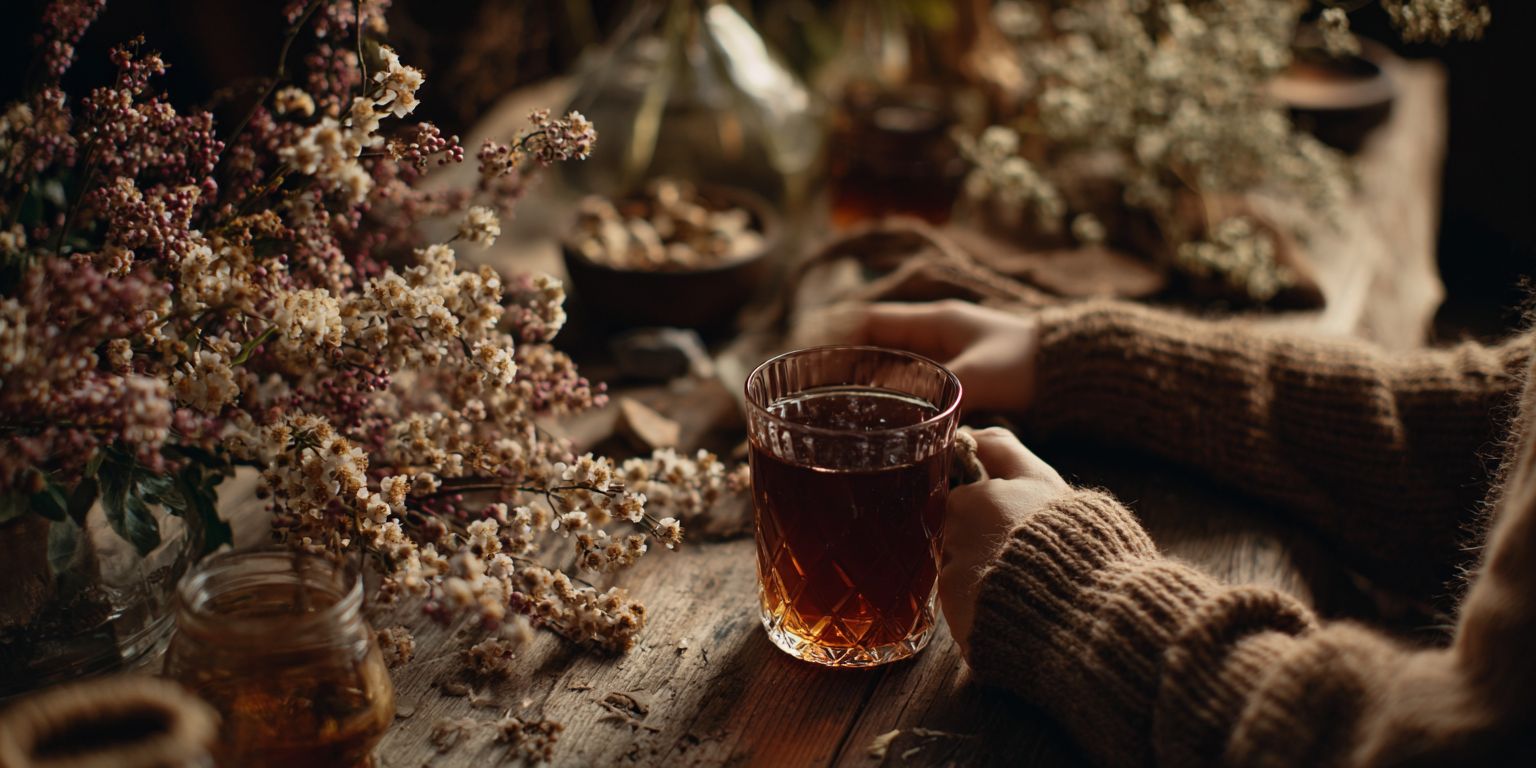 How to Use Blackthorn
How to Use Blackthorn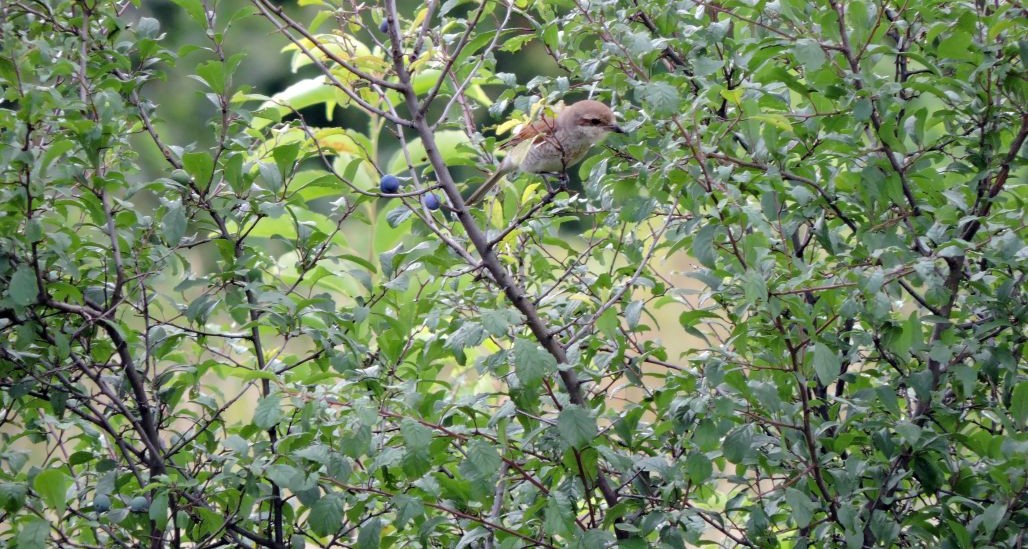 How to Identify Blackthorn in the Wild
How to Identify Blackthorn in the Wild
